厂商 :安徽亿汇筛网有限公司
安徽 亳州市- 主营产品:
- 丝印网纱
- 锦纶筛网
- 尼龙筛网
筛绢(简称为筛网),是面粉厂的重要辅助材料。
Silk screen (the screen), is an important
auxiliary material flour factory.
The
classification and selection standards, 1 screen
The screen
with the flour mill and divided by material generally have the following:
Silk screen:
by strands of natural silk skein silk, and then woven, is characterized by good
elasticity, not easy to loose, hole size, not easy to deformation, with good
moisture absorption and desorption, is not easy to generate static electricity
etc.. But do not wear, easy pilling.
Polyamide
(nylon) screen by polyamide monofilament fiber woven. Wear resistant, long
service life, high strength, comprehensive use of good results.
Polyester
mesh, woven from polyester monofilament. High strength, not easy to
deformation, but compared with nylon mesh, wear resistance and antistatic
effect is slightly worse.
Foreign
flour factory also has been generally used in the forties of the silk screen
until the twentieth century and used, for the time being, grading screen
generally have especially sieve number 14-72 (silk), three material sieve silk
(No. 7 72), roughly equivalent to the size of the opening of the 1600 - 200um;
screen for sifter, standard (code s, 3 - 25s), unblended sieve double and silk
(code named x, 4X-17X) silk screen (code named XX, 3-17XX), three material
sieve silk (code named XXX, 3XXX-18XXX) several, roughly equivalent to the mesh
size of 300 - 60um.
Domestic
flour mill is also commonly used silk net, tagging is a quote from abroad
industry norms and, "GG" (grit Gauze) refers to the coarse screen,
meaning each Vienna inches (approximately equals 1.0375 inches) within the
length of the sieve number, weave patterns woven for the cutter, "XX"
refers to the fine material sieve net, mainly used for sifting and half twist
weave mode.
The screen
annotation based on metric, such as CB, JQ, JCQ etc. have expressed per
centimeter of sieve number, materials with silk, nylon and brocade silkworm
intertwined, woven with plain weave, half twist weave, the twist weave and
basket weaving.
With the
introduction of powder production line supporting the import nylon mesh
material in its long life, good performance began to cause the attention of the
personage inside course of study, and directly to the size of the mesh mark and
the opening size has been serialized, standardized, standardization, and
consider the appellation of the industry and even inertia, respectively to
"GG, XXX," correspondence, which "GG" is weave;
"XXX" is plain woven enhanced and largest flour mill application of,
weave patterns for single and double warp to heavy flat fabric, the generic
name: "XX".
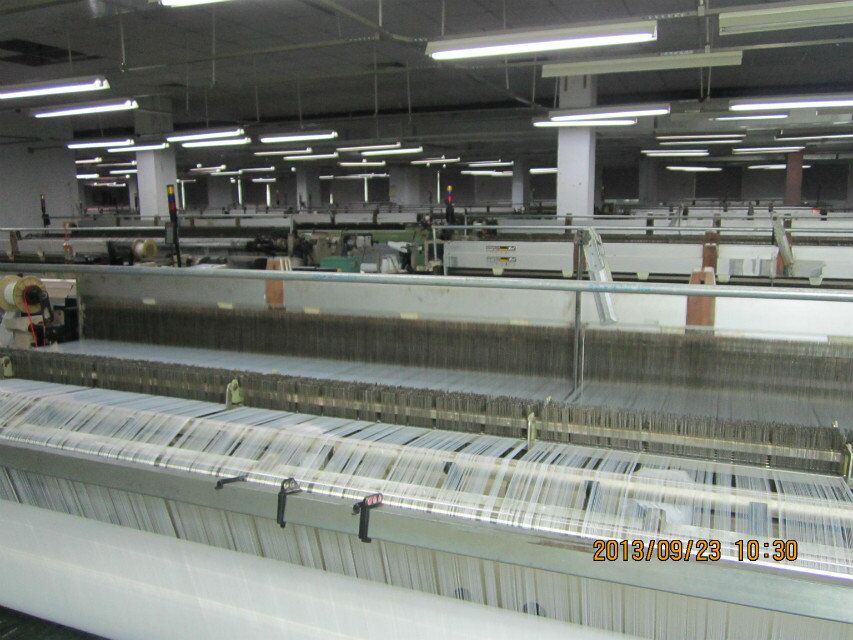
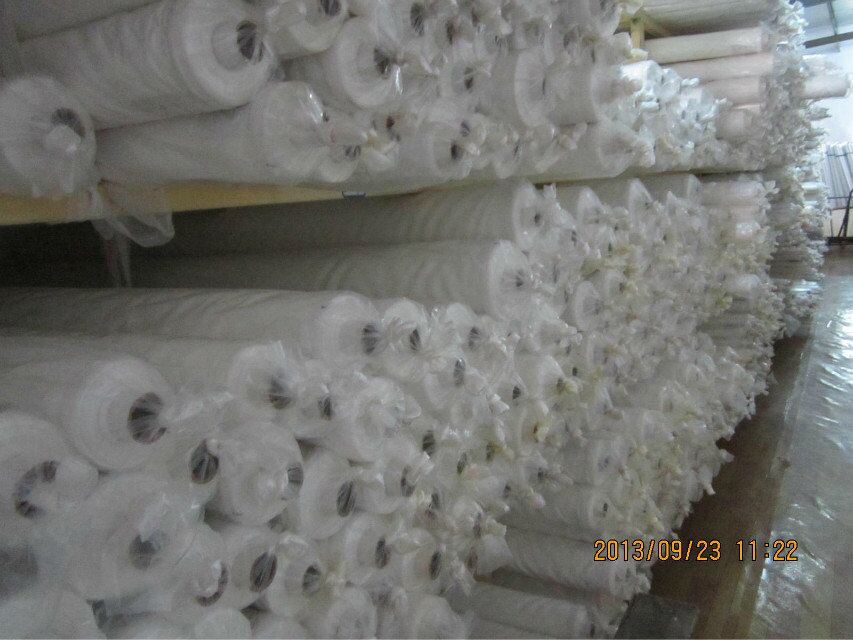
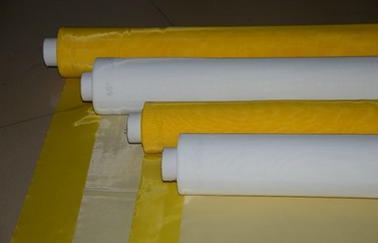
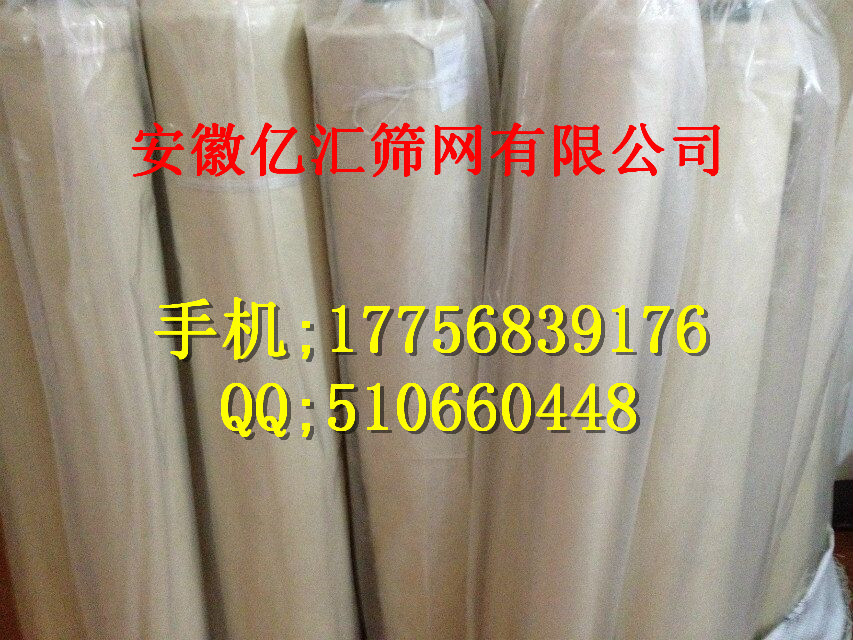
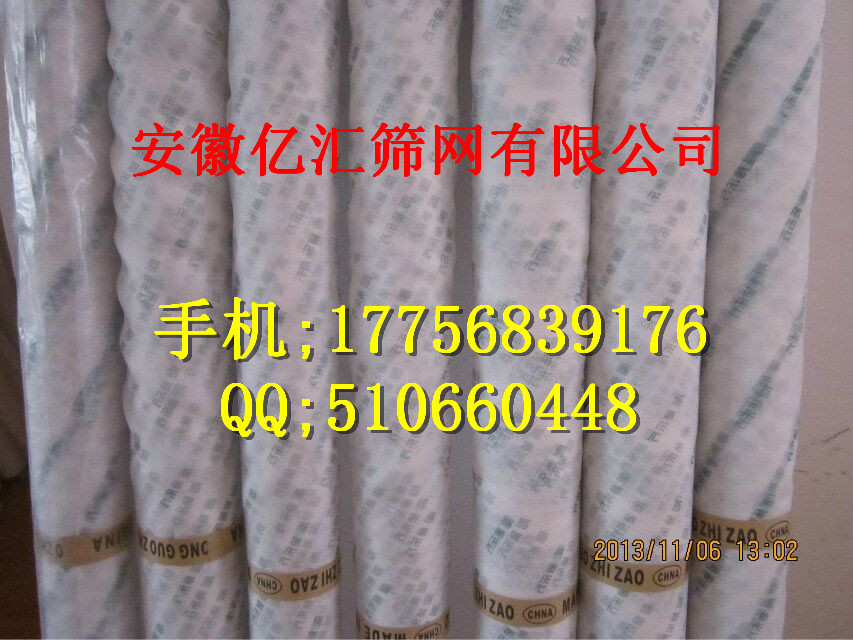

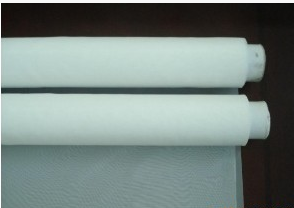
1、筛网的分类及选用标准
面粉厂所用的筛网依材质而分大致有以下几种:
蚕丝筛网:由多股天然蚕丝绞织成丝,然后再经编织而成,特点是弹性好、不易松弛、孔眼尺寸不易变形、具有良好的吸湿性及放湿性、较不易产生静电等。但是不耐磨、易起毛。
锦纶(尼龙)筛网:由聚酰氨单丝纤维编织而成。耐磨、使用寿命长,高强度,综合使用效果好。
涤纶筛网,由聚酯纤维单丝编织而成。强度高,不易变形,但较之尼龙网,耐磨性及抗静电效果略差。
国外面粉厂也曾普遍使用丝质筛网直到二十世纪四十年代,当时用于分级的筛网一般有特料筛绢(14-72号)、三料筛绢(7-72号)两种,大致相当于开口尺寸1600-200um;用于筛粉的筛网,则有标准(代号S,3-25S)、单料筛绢(代号X,4X-17X)、双料筛绢(代号XX,3-17XX)、三料筛绢(代号XXX,3XXX-18XXX)几种,大致相当于筛孔尺寸300-60um。
国内面粉厂也普遍使用蚕丝网,标注也是引自国外行业规范而来的,“GG”(Grit
Gauze)指粗料筛网,意为每一维也纳英寸(约等于1.0375英寸)长度内筛孔数,编织方式为全绞织,“XX”指细料筛网,主要用于粉筛,半绞织方式。
国内筛网的标注以公制为基础,如CB、JQ、JCQ等都表示每厘米中的筛孔数,材料有了蚕丝、锦纶和锦蚕交织,编织方式有了平纹织、半绞织、全绞织和方平织。
随着引进制粉生产线配套的进口尼龙筛网材料以其寿命长、性能好开始引起业内人士的关注,且直接以筛孔的尺寸大小为标注,此开口尺寸已系列化、标准化、规范化,并考虑了行业称谓及连惯性,分别以“GG,XXX,”对应,其中“GG”是平纹织;“XXX”是平纹织增强型,也是面粉厂应用最多的,编织方式为单、双经向重平织,通用称谓:“XX”。
进口筛网称谓中的“GG、XX、XXX”含义与大家熟悉的国内筛网而言,已起了较大变化,“XXX”丝径粗,使用寿命长,“XX”尺寸稳定,且有效筛理面积略大,表面粗糙化程度高自动分级效果好。
国产代号“JM”(单双经向重平织)、“JMG”(平纹织),现还推出一种“PDM”(单双经向重平织),规格与进口筛网有差异,但相接近。
抗静电性:凡是面粉筛网都要求做抗静电处理,这是因为纤维与纤维、纤维与物料间的接触和摩擦,会造成电荷在纤维表面间的转移,产生静电现象,又由于面粉粒度较细,易被电荷吸引造成过筛困难,甚至糊网。
涤纶、尼龙都要进行抗静电处理,一般有以下几种方法:
1.表面处理:一般用抗静电剂处理;
2.聚合处理:在合成纤维聚合时,加入亲水性的聚合物或导电性低分子聚合物;
3.导电纤维:如在单丝中心加入碳素或在整根单丝加入碳素;
4.采用高能辐射,如γ辐射线或电子束辐射织物,使纤维变性,提高吸湿性,增加抗静电效果。
后三种方法实际上是材料防静电处理,属永久性, 第一种方法属于表面防静电。
幅宽:随着制粉工艺和粮机技术的发展,尤其是八辊磨及大产量高方平筛的出现,确实对制粉效率的提高、产能的增加创造了条件。所以筛格也相应伴随着此发展方向沿标准型、扩大型、超大型方向发展,进口筛网幅宽也有1.10米、1.36米、1.54米(国产筛网幅宽1.04-1.27米),一定要根据各厂使用的筛格标准选购合适的幅宽。








